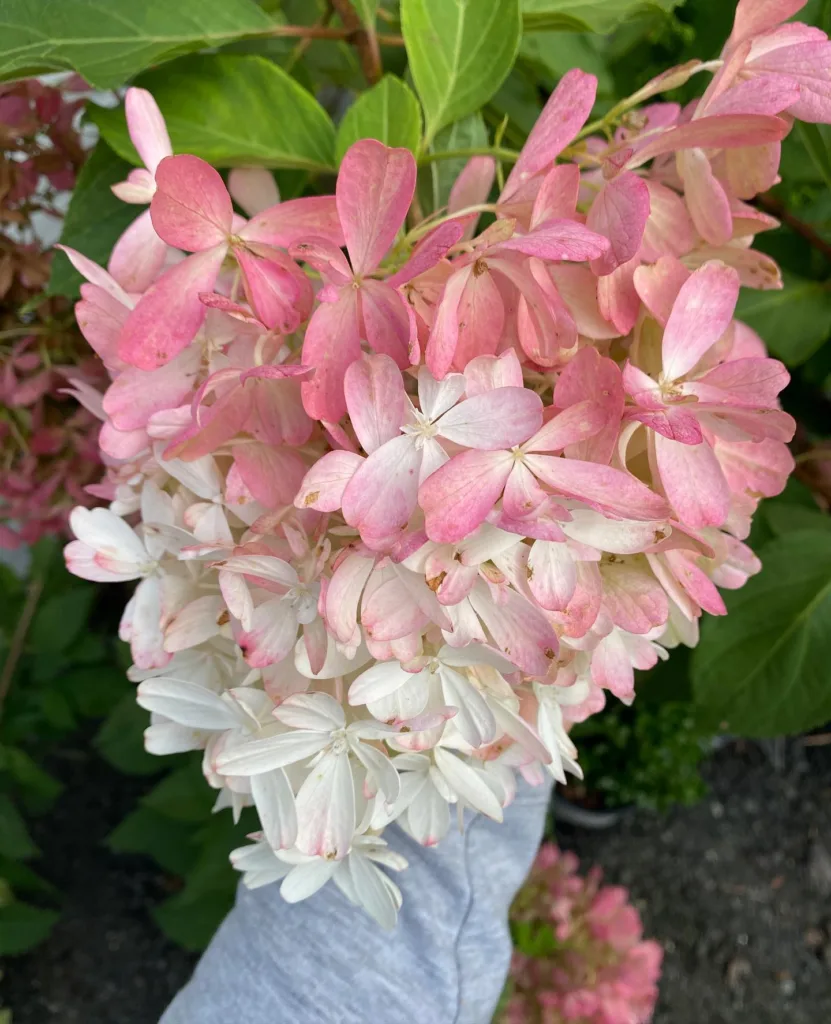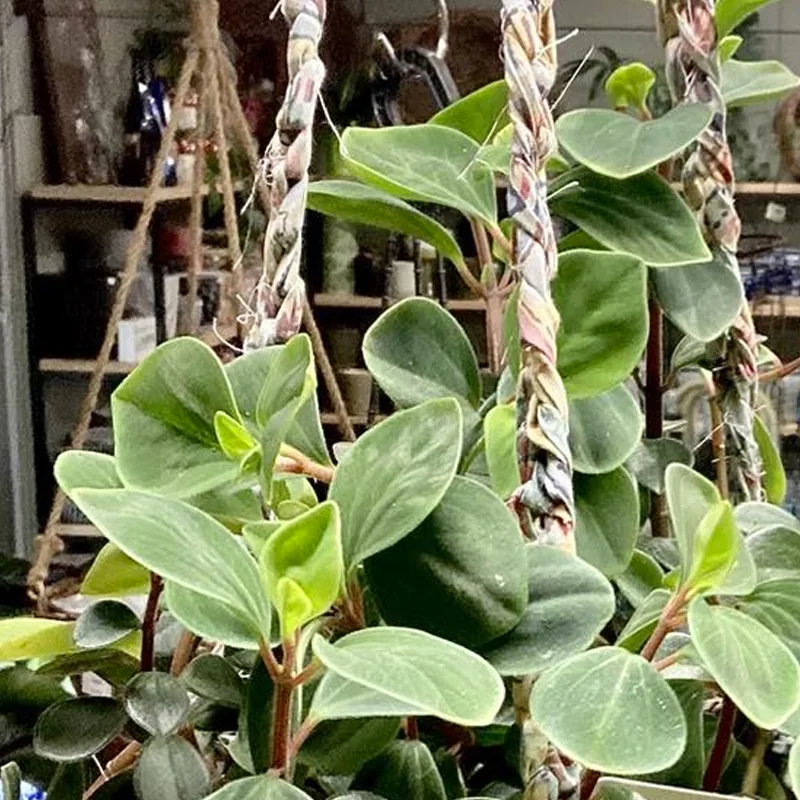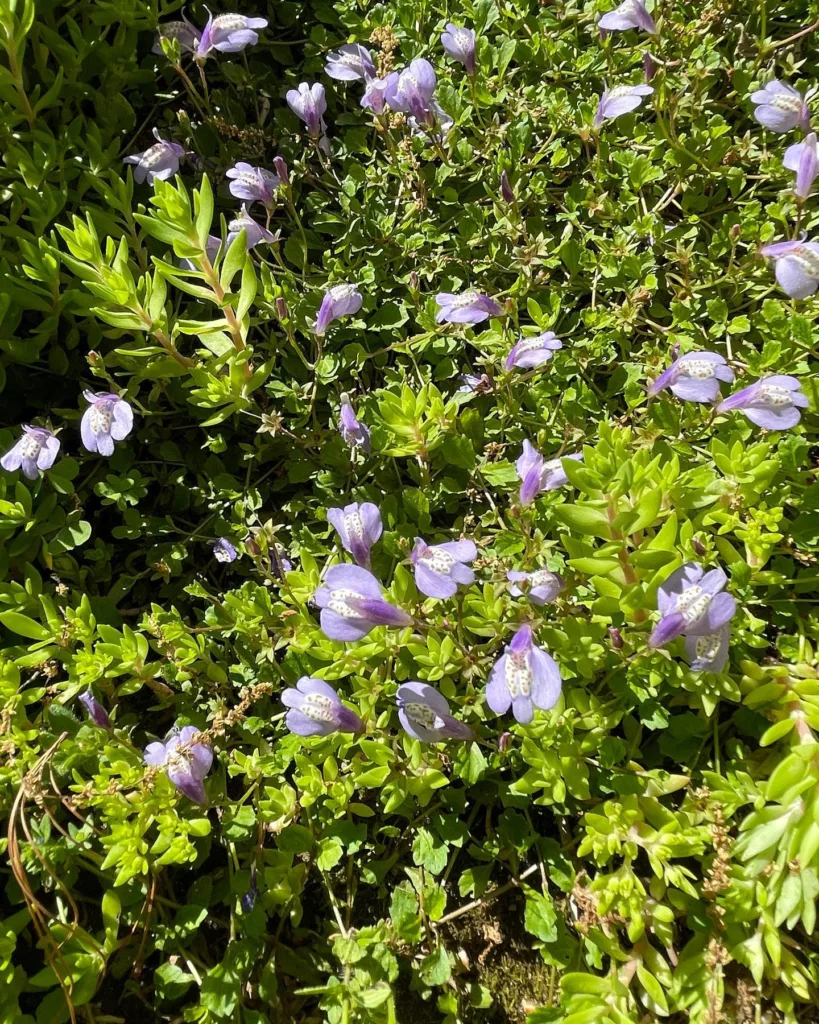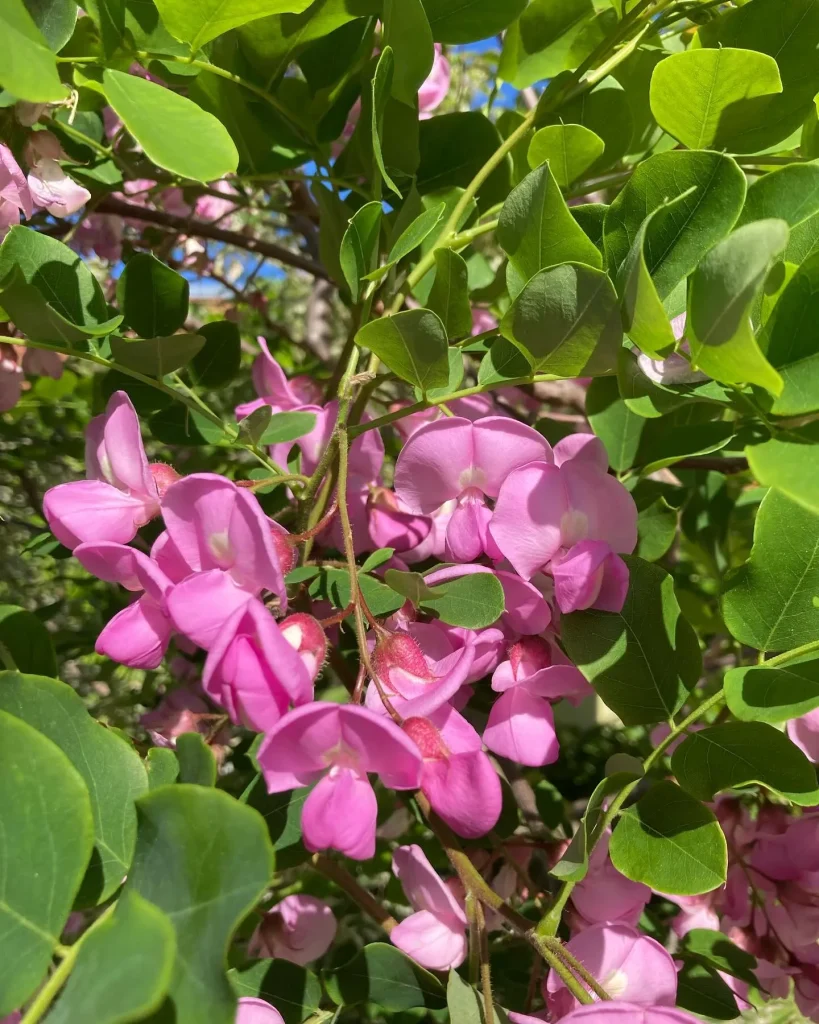Radermachera: A Deep Dive with Ferb Vu
As a plant enthusiast, I’m always on the lookout for unique and fascinating genera to explore. Recently, I’ve become captivated by the diverse and beautiful world of Radermachera, a genus belonging to the Bignoniaceae family. Native to Southeast Asia, these plants are known for their striking foliage and impressive stature, making them a popular choice for both indoor and outdoor settings.
What is Radermachera?
Radermachera encompasses roughly 17 species of flowering plants, ranging from small shrubs to towering trees reaching up to 40 meters in height. They are characterized by their lush, evergreen leaves, which can be bipinnate or tripinnate, giving them a delicate, fern-like appearance. The genus also boasts a variety of stunning flowers, typically bell-shaped and ranging in color from white and pink to pale purple and yellow. These fragrant blooms often attract pollinators like bees and butterflies, adding to the ecological value of these plants.
Species within the Radermachera Genus
The diversity within the Radermachera genus is truly remarkable. Here are:
- Radermachera sinica: commonly known as the China Doll plant, is a tropical evergreen native to southern China and Taiwan. It’s admired for its glossy, delicate-looking foliage and tree-like appearance. In indoor settings, it remains compact and bushy with finely divided, lush green leaves that create a soft, airy look. Outdoors, Radermachera sinica can grow up to 30 feet tall, but indoors it typically stays under 6 feet. This plant prefers bright, indirect sunlight and well-drained soil, along with regular pruning to maintain its shape. Despite its tropical origin, it’s fairly low-maintenance, making it popular for brightening indoor spaces. Plant FAQs: Radermachera Sinica – China Doll Plant
- Radermachera frondosa: This species is notable for its large, showy leaves and is often used as a shade tree in parks and gardens.
- Radermachera boniana Dop
- Radermachera coriacea Merr.
- Radermachera eberhardtii Dop
- Radermachera gigantea (Blume) Miq.
- Radermachera glandulosa (Blume) Miq.
- Radermachera hainanensis Merr.
- Radermachera inflata Steenis
- Radermachera microcalyx C.Y.Wu & W.C.Yin
- Radermachera peninsularis Steenis
- Radermachera pentandra Hemsl.
- Radermachera quadripinnata (Blanco) Seem.
- Radermachera ramiflora Steenis
- Radermachera stellata Steenis
- Radermachera xylocarpa (Roxb.) Roxb. ex K.Schum.
- Radermachera yunnanensis C.Y.Wu & W.C.Yin
Why I’m Drawn to Radermachera
My fascination with Radermachera stems from several key factors. First and foremost, I’m drawn to their aesthetic appeal. The lush foliage and vibrant flowers create a sense of tranquility and natural beauty, whether grown indoors or outdoors. I also appreciate the diversity within the genus, with species ranging from compact houseplants to majestic trees, offering options for various settings and preferences.
Furthermore, I admire the resilience of Radermachera plants. They are generally low-maintenance and can tolerate a range of conditions, making them suitable for even novice gardeners. This hardiness, coupled with their rapid growth rate, makes them a rewarding choice for anyone looking to add greenery to their surroundings.
My Experiences with Radermachera
I’ve personally had the pleasure of cultivating several Radermachera species, both indoors and in my garden. My indoor China Doll plant has thrived in a bright, indirect light setting, requiring minimal watering and occasional fertilization. It has become a focal point in my living room, adding a touch of nature and elegance to the space.
Outdoors, I’ve planted a Tree Jasmine, which has quickly become a favorite spot for hummingbirds and butterflies. Its vibrant orange flowers provide a stunning contrast against the green foliage, creating a visual feast for the eyes.
The Future of Radermachera
I believe that Radermachera has immense potential as both an ornamental plant and a valuable contributor to urban forestry and ecological restoration efforts. Its adaptability, aesthetic appeal, and ecological benefits make it a versatile choice for a variety of applications.
As awareness of this remarkable genus grows, I anticipate seeing more Radermachera species gracing homes, gardens, and public spaces. I’m excited to continue exploring the world of Radermachera and to witness its growing popularity in the years to come.
If i die, water my plants!



